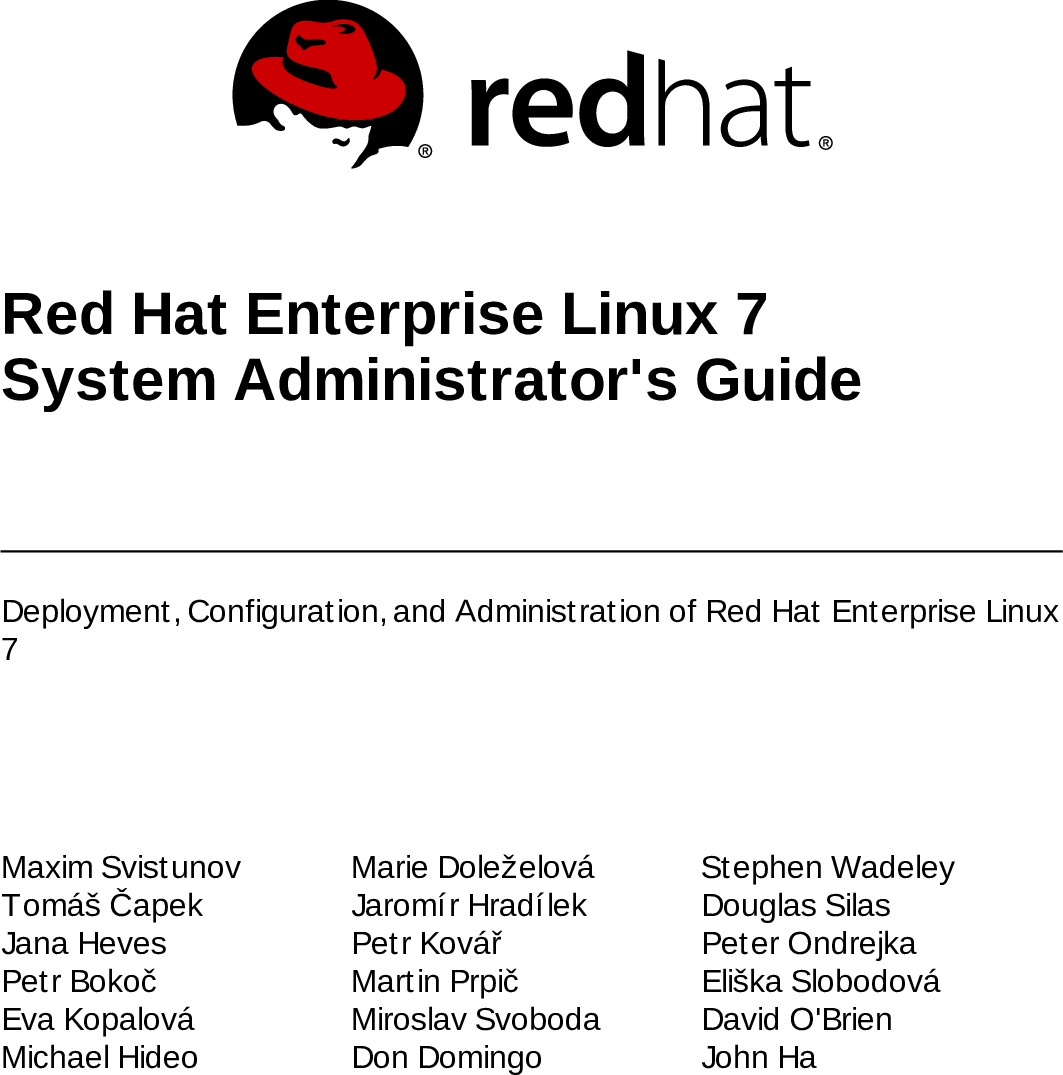39 security labels are used in what type of model
Security printing - Wikipedia Security printing is the field of the printing industry that deals with the printing of items such as banknotes, cheques, passports, tamper-evident labels, security tapes, product authentication, stock certificates, postage stamps and identity cards.The main goal of security printing is to prevent forgery, tampering, or counterfeiting.More recently many of the techniques used to protect these ... Access Control Models - CompTIA Security+ SY0-501 - 4.3 In most environments, there needs to be some type of rights that a user will obtain using an access control model. And different organizations have different access control models, depending on what their overall goals are for this access control. One type of access control is the Mandatory Access Control, or MAC.
Security Models | CISSP Exam Cram: Security Architecture and Models ... Security models of control are used to determine how security will be implemented, what subjects can access the system, and what objects they will have access to. Simply stated, they are a way to formalize security policy. Security models of control are typically implemented by enforcing integrity, confidentiality, or other controls.

Security labels are used in what type of model
Learn about sensitivity labels - Microsoft Purview What sensitivity labels can do. After a sensitivity label is applied to an email or document, any configured protection settings for that label are enforced on the content. You can configure a sensitivity label to: Encrypt emails and documents to prevent unauthorized people from accessing this data. 4.3 SECURITY MECHANISMS | Internet & Intranet Security The general concept of trusted functionality can be used to either extend the scope or to establish the effectiveness of other security mechanisms. Any functionality that directly provides, or provides access to, security mechanisms should be trustworthy. System resources may have security labels associated with them, for example, to indicate sensitivity levels. OSI Security Layers and Their Significance - W3schools The first three layers of the OSI model are called the media layers. Physical Layer is used for defining the technical qualifications of the data connectivity. Since the security in this layer is critical, so in case of any cyber danger (DoS attack), it is recommended to unplug the cable from the primary system.
Security labels are used in what type of model. How to use Microsoft Info Protection (MIP) sensitivity labels- ShareGate Sensitivity labels in Microsoft 365 can help you take the right actions on the right content. With sensitivity labels, you can classify data across your organization, and enforce protection settings based on that classification. You can use sensitivity labels from the MIP framework to: Enforce protection settings like encryption or watermarks ... The Security Operating Model - ScottMadden Through the operating model, the security leadership provides a clear vision of desired security capabilities and corresponding people, process, and technology enablers. Control Framework A security policy based on an industry-accepted controls framework provides the structure and guidance to apply best practices and target gaps in potential ... Types of Security Mechanism - GeeksforGeeks Bit stuffing : This security mechanism is used to add some extra bits into data which is being transmitted. It helps data to be checked at the receiving end and is achieved by Even parity or Odd Parity. Digital Signature : This security mechanism is achieved by adding digital data that is not visible to eyes. It is form of electronic signature ... Introduction To Classic Security Models - GeeksforGeeks In simple words, it deals with CIA Triad maintenance. There are 3 main types of Classic Security Models. 1. Bell-LaPadula. This Model was invented by Scientists David Elliot Bell and Leonard .J. LaPadula .Thus this model is called the Bell-LaPadula Model. This is used to maintain the Confidentiality of Security.
Security - Chapter 12 Flashcards | Quizlet These labels represent the relative importance of the object, such as confidential, secret, and top secret. Subjects (users, processes, and so on) are assigned a privilege label (sometimes called a clearance). Levels. A hierarchy based on the labels is also used, both for objects and subjects. How do security tags and labels work | Retail Security | SecurityTags.com Security labels are usually deactivated by a deactivator that is situated at the point of sale or integrated into the scanner. This deactivator works by breaking a circuit within a label so they no longer emit a signal and can pass near an antenna without causing an alarm to sound. Labels cannot be re-used. If you're looking to understand ... Information Security Classification | Cyber Security Label the Information Microsoft Document Labels, Office365 Labels, Email Marking, etc 4. Implement Controls The controls need to be proportional to the information value, importance and sensitivity. These include, but are not limited to. security controls that need to be implemented when the information is stored, shared, disposed of and ... Access Control Models - UHWO Cyber Security Discretionary Access Control (DAC) -. DAC is a type of access control system that assigns access rights based on rules specified by users. The principle behind DAC is that subjects can determine who has access to their objects. The DAC model takes advantage of using access control lists (ACLs) and capability tables.
What is Data Classification? | Best Practices & Data Types | Imperva Data classification tags data according to its type, sensitivity, and value to the organization if altered, stolen, or destroyed. It helps an organization understand the value of its data, determine whether the data is at risk, and implement controls to mitigate risks. Data classification also helps an organization comply with relevant industry ... Different Type of Security Tags | Retail Security | SecurityTags.com Some of the most common shapes for fashion tags include alligator tags, which have a hinge, pencil tags, which are long and thin, square tags, and round or shell tags. In terms of security, shell tags are the shape considered hardest to prise open and remove illegally. In addition to the strength of the locking mechanism and shape of the tag, a ... 3 Types Of Access Control Systems And How To Choose The Best One For ... Essentially, access control is concerned with the identification, authentication, and authorization of persons who try to access a facility, workstation, or resource objects. There are three basic types of access control systems: Discretionary Access Control (DAC), Mandatory Access Control (MAC), and Role-Based Access Control (RBAC). Access Control Models: MAC, DAC, RBAC, & PAM Explained MAC works by applying security labels to resources and individuals. These security labels consist of two elements: Classification and clearance — MAC relies on a classification system (restricted, secret, top-secret, etc.) that describes a resource's sensitivity. Users' security clearances determine what kinds of resources they may access.
Access Control using Security Labels & Security Clearance Security labels on documents are just one aspect of the model, as a security label can apply to any information. ... There are three specific types of category: ... (RFC 2634).. This specification is widely adopted, and meets all of the requirements set out above. ESS Security Labels are used in S/MIME (the Internet Standard for secure ...
Why do we have four levels of security in Power BI? Do not use None to avoid unwanted side effects, like the passing of data between data sources. Row-Level-Security (RLS) in Power BI models. Row-Level-Security (RLS) controls who has access to which data in the data model. This feature of Power BI is well documented and understood in the community. There are three forms of this feature:
Security Chapter 2 Flashcards - Quizlet Role-based access control is also known as non discretionary access control. Roles are defined by job description or security access level. Users are made members of a role and receive the permissions assigned to the role. This model uses characteristics of objects or subjects, along with rules, to restrict access.
Access Control Models - DAC, MAC, RBAC , Rule Based & ABAC There are 5 main types of access control models: discretionary, rule-based, role-based, attribute-based and mandatory access control model. Every model uses different methods to control how subjects access objects. While one may focus on rules, the other focus on roles of the subject. As a security professional, we must know all about these ...
CISSP Security Management and Practices - Pearson IT Certification 3.2 Creating Data Classification Procedures. Set the criteria for classifying the data. Determine the security controls that will be associated with the classification. Identify the data owner who will set the classification of the data. Document any exceptions that might be required for the security of this data.
Which type of access control model assigns security level labels to ... nondiscretionary; mandatory; discretionary; attribute-based; Explanation: Mandatory access control (MAC) assigns security level labels to information and enables users with access based on their security level clearance. This is the strictest access control and is typically used in military or mission critical applications.
Microsoft Information Protection sensitivity labels in Power BI - Power ... Report authors can classify and label reports using sensitivity labels. If the sensitivity label has protection settings, Power BI applies these protection settings when the report data leaves Power BI via a supported export path such as export to Excel, PowerPoint, or PDF, download to .pbix, and Save (Desktop).
Mandatory access control - Wikipedia In computer security, mandatory access control (MAC) refers to a type of access control by which the operating system or database constrains the ability of a subject or initiator to access or generally perform some sort of operation on an object or target. In the case of operating systems, a subject is usually a process or thread; objects are constructs such as files, directories, TCP/UDP ...







Post a Comment for "39 security labels are used in what type of model"